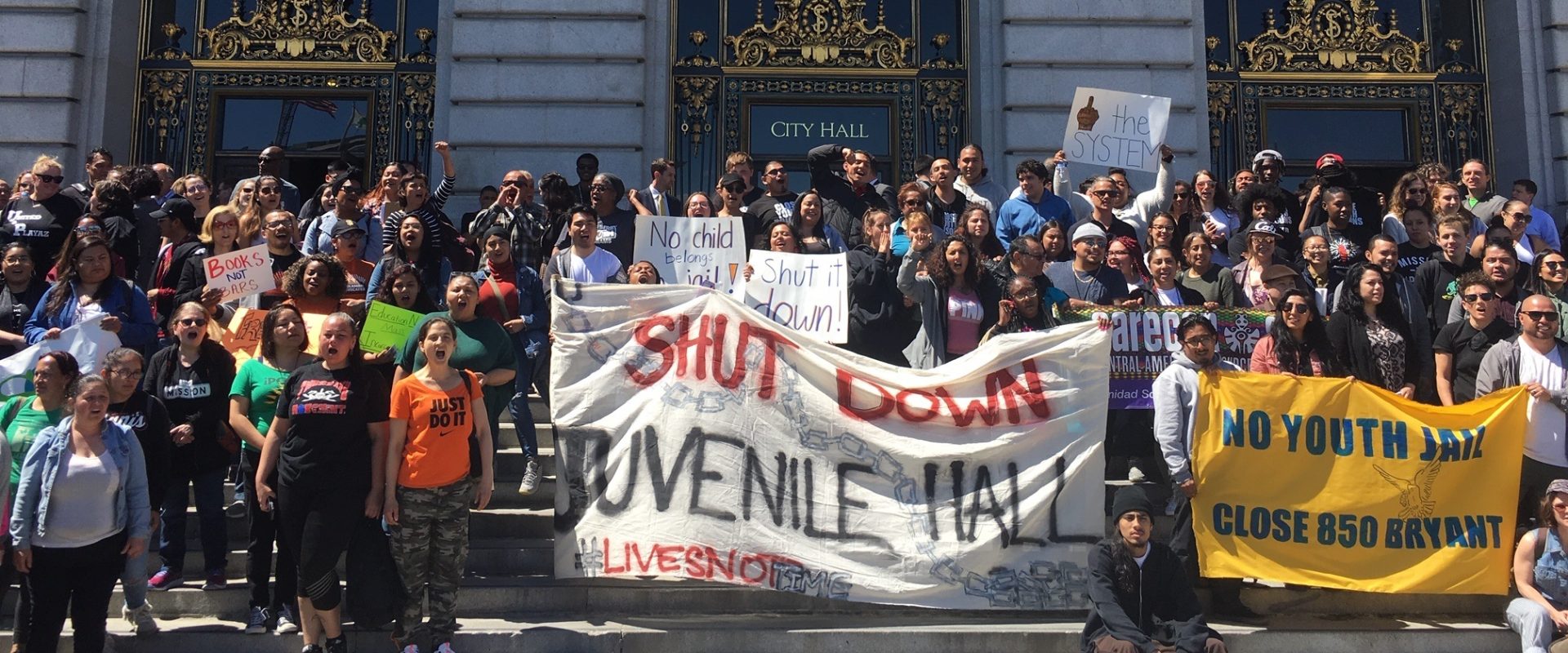Blog May 17, 2011
Schools Still Safest Places for Kids*
Following the killings at Columbine and other schools around the country in the late 1990s, public officials reacted with a frenzy. It was a classic case of exception-based policies: a few, isolated cases that were clearly the exception rather than the rule became the basis for wide-ranging policies. One report noted at the time that “A moral panic swept the country as parents and children suddenly feared for their safety at school.” One middle-school principal claimed school shootings could…
County officials and local communities are beginning to voice support for the Governor’s juvenile justice realignment proposal. San Francisco County Board of Supervisors signed a resolution in March to support the closure of the State youth correctional institutions and reaffirming their commitment to model juvenile justice practices at the county level. Read the resolution to learn more. The Bakersfield Californian published an editorial at the end of April condemning Kern County’s…
Blog Apr 29, 2011
Why Three Strikes Fails
While I applaud those who work to ensure that even the seemingly worst defendants are treated fairly and humanely, I’ve always seen the logic of draconian sentences for psychopaths like Richard Allen Davis (the gloating kidnapper and murderer of 12 year-old Polly Klaas in 1993 and poster-demon for the Three Strikes initiative even though the law wouldn’t have prevented his particular crime). Some people commit acts so heinous they can never be released back to society. So, when I first heard…
Blog Apr 27, 2011
Children and the Recession
The recession that we are experiencing has impacted just about everyone except for the few who have become richer (more about that later). At this point in time it is not easy to determine the impact on children since it takes time to analyze the toll. However, as more and more information has become available we can make some assessment. One recent report noted that there have been “an increasing number of children leave home for life on the streets, including many under 13. Foreclosures,…
As of March 31, 2011, there are 1,232 youths housed in DJF, yet according to the Corrections Standards Authority (CSA) in 2009 there were over 4,000 available beds at the county-level. Why then are counties resisting the Governor’s proposal to eliminate DJF? In February 2011, CJCJ launched a publication series investigating some of the concerns about the Governor’s proposed juvenile justice realignment (See Part One ). Part Two of the series was an update of two previous reports (see here…
